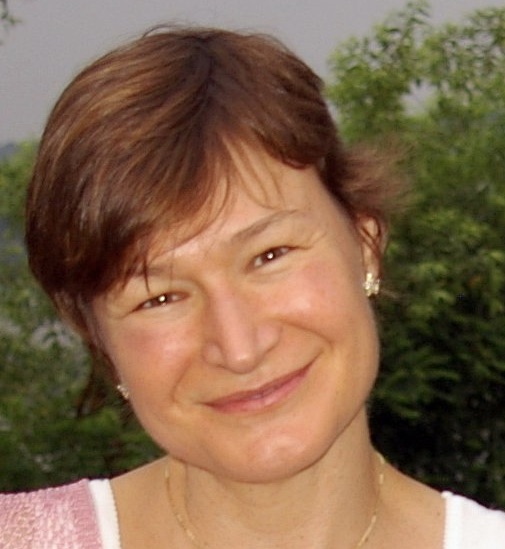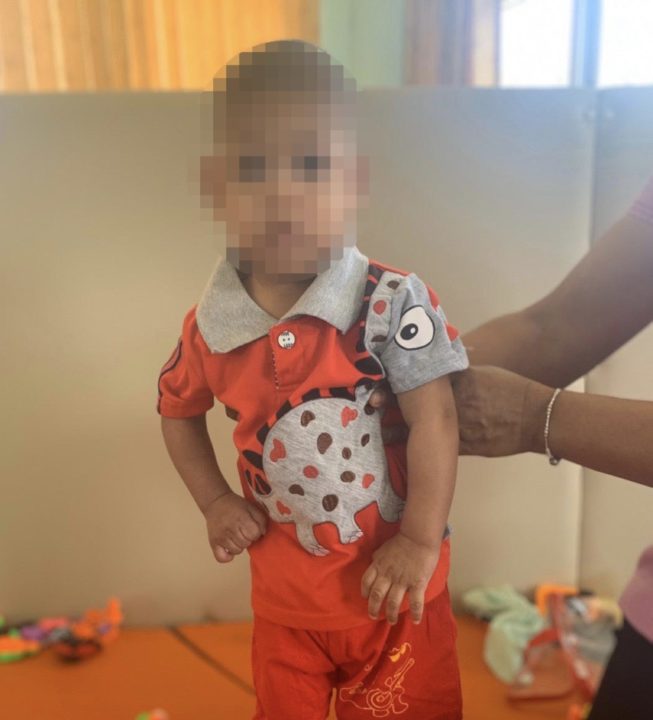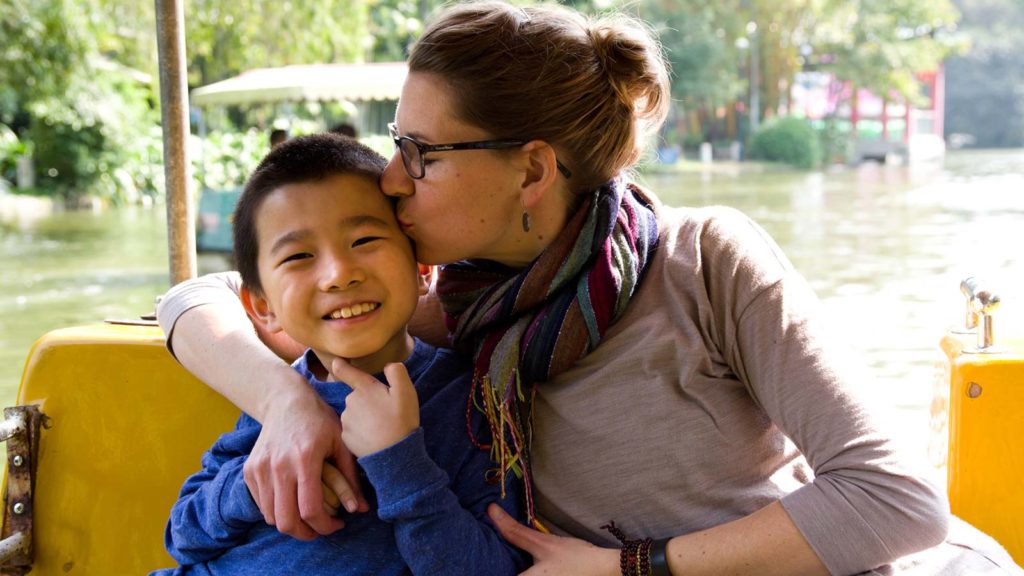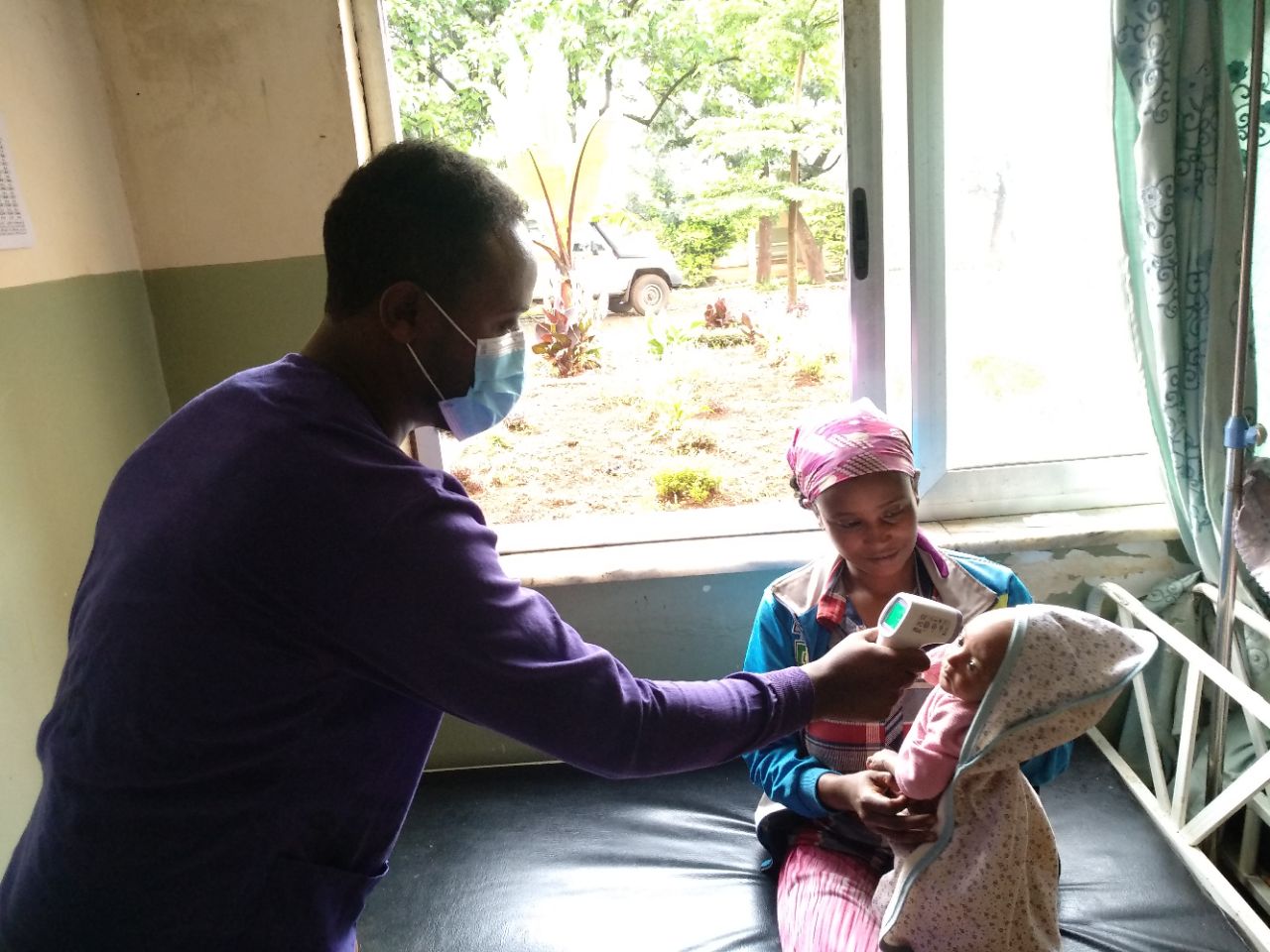An interview with Dr. Julia Beldsoe about cerebral palsy (CP) , a common special need among children waiting for adoptive families. Dr. Bledsoe founded the University of Washington Center for Adoption Medicine and has worked in the field of international adoption for over 20 years.

What is cerebral palsy and what causes it?
Cerebral palsy is a condition that affects the movement of the muscles and it’s caused by damage to the brain that happens to the baby either during pregnancy or during delivery. Most forms are what we call “congenital,” meaning you’re born with it from an injury that happened at some point in the pregnancy. Some of it is called “acquired,” meaning it happened during a difficult birth process and the baby suffered brain damage because of that. … There are some kids who have very mild CP and some kids who have very serious complications of CP. … Each kid who has CP is like a snowflake. They’re all a little bit different.
Can you describe what the spectrum looks like, from mild to severe?
A mild type of CP could be just difficulties with your lower extremities. … Those muscles of your legs don’t work normally and your long-term outcome could be that you just need physical therapy and occupational therapy to make sure those joints don’t get clenched up. … You may never have complete range of motion, but if your upper extremities aren’t affected, you can use assisted walking devices to get around. You can get shots in your legs to make the muscles relax a little bit. … Most of those kids have normal intellectual function. … Kids with more severe forms of CP have a lot more difficulty; we may not be able to help them be ambulatory in terms of walking and getting around and they may be wheelchair-bound. Kids with more severe CP can also have trouble with bladder control and so that may be a real challenge.
Is CP an intellectual disability?
[Kids with CP are at] an increased risk for intellectual disability. Most children will have normal IQs, but many of them will have learning difficulties. … Most of the time we can make a diagnosis [of CP] by the time a child is around 2 [based on] abnormal muscle movement and posture. But kids with any form of CP are at higher risk for learning challenges, and you can’t very well tell that in a 2-year-old, right? We often have clues, like early language acquisition. That’s a big cognitive leap. That’s great. That makes it really unlikely that you’re going to have profound disability. … So if I see a kid with CP in my practice, we give them early intervention for development and then we follow them like a hawk at school entry so that if they do have learning disabilities, we can diagnose those quickly. About the earliest you can diagnose learning disabilities well is age 7 or 8, which is when your IQ is stable and we can see the more complicated parts of your brain.

Read about Pruitt, a boy with cerebral palsy who is waiting for a loving adoptive family!
Do you ever see a misdiagnosis of cerebral palsy in adoption by the doctors in a child’s birth country?
If a kid’s been diagnosed with CP and their muscle tone, their muscle stiffness, is pronounced, it’s hard to miss. … The hard part is that it’s a little referral dependent. But if they say CP, as an international adoption doc who reviews records, that says to me I need to ask some specific questions — not only about the muscle tone of this baby and their ability to move around and use their limbs, but I also need to ask about hearing and vision. I need to ask about bowel and bladder control if they’re an older kid. So we can push for more details that either support the diagnosis, or say, I don’t think this is it.
Often, there’s a layer of complexity because kids who grow up in orphanages aren’t getting their emotional and physical needs met. How much of a child’s developmental delays might just be from the orphanage environment and not their specific special need, in this case CP?
For kids in orphanage settings, we can expect delays of about a month for every three months they’re in the institution. And I will also say I feel like this has changed over time, depending on the country. … But if I’m looking at a kid in an orphanage setting and they have developmental delay — like they have motor delay — remember with CP, it’s usually more than just motor delay. It’s abnormal movement. They have stiff legs. So there is a qualitative difference between just developmental delay and the type of movement problem we see in CP.
And the other question I always ask is, how is this child’s development compared to other kids his age in the institution? Because if they’re all delayed, I expect developmental delay that’s just institutional to really affect most kids the same. And if he’s more delayed compared to his peers in an orphanage, then I’m worried. … And CP is one of those where a video says a thousand words. A kid with CP will look very different going up and down the stairs or even walking in the room.
How have you seen adopted children in your practice grow and change since they’ve joined their families?
Oh it’s amazing. I’m going to get teary when you talk about it. I mean still, even for me, to see the blossoming that goes on with kids. But not only that, to see the blossoming that goes on with parenting. All of us in adoption medicine know that there are kids who come home and they’re more challenging than people were expecting. And to see parents step up and deal with it is just remarkable.
Can you describe generally what kind of future most kids with CP can look forward to?
Most children with CP will have normal life expectancy. Most will have IQs in the normal range, and be independent. Most of them will require some accommodations for ambulation or for driving or for school early on. But what a twist of fate to be adopted from an orphanage setting where you may not have access to healthcare or accommodations for ambulation. What a twist of fate to be adopted to a place where we know what to do with this birth defect. We know what to do with CP. We’ve got whole teams that their job is to improve function and improve outcomes for [kids with CP]. So that, to me, is the exciting part when I see a kid with CP be adopted here. I know that in this country, we have amazing interventions for CP. And the earlier we start them, the better.
Many kids with cerebral palsy are waiting for loving adoptive families. Read about one special boy named Pruitt!

Visit the Waiting Child Photolisting
Meet some of the children waiting for loving adoptive families. Could you be the right family for one of these children?

